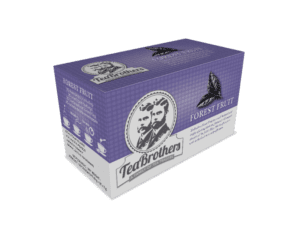Home » An Advanced Guide to Custom Folding Cartons
An Advanced Guide to Custom Folding Cartons

For those well-versed in the basics of packaging, a deeper dive into the technicalities of custom folding cartons can reveal a world of intricate details and complex considerations. This blog post is tailored for an audience with a foundational understanding of folding cartons, aiming to provide advanced insights and a more nuanced perspective on the intricacies of these packaging solutions.
Material Specifications and Selection
- Paperboard Grades and Characteristics: Understand the different types of paperboard used in folding cartons, such as SBS (Solid Bleached Sulfate), CUK (Coated Unbleached Kraft), clay coated news back (CCNB and more. Each type has specific properties like weight, thickness, stiffness, and ink absorbency that impact the carton’s structural and visual qualities.
- Weight and Caliper Considerations: The weight (GSM) and caliper (thickness) of the paperboard are critical in determining the carton’s strength and how it performs in various stages of its lifecycle, from manufacturing to end-user handling.

Structural Design and Engineering
- Complex Die-Cuts and Creases: Explore advanced die-cut patterns and crease lines that contribute to innovative shapes and functionality. Understanding the limitations and capabilities of die-cutting machinery is crucial in pushing the boundaries of folding carton design.
- Load Bearing and Stackability: For products that require stacking during transport or display, the structural integrity of the carton becomes paramount. Advanced design software can simulate load-bearing scenarios and optimize the carton structure accordingly.
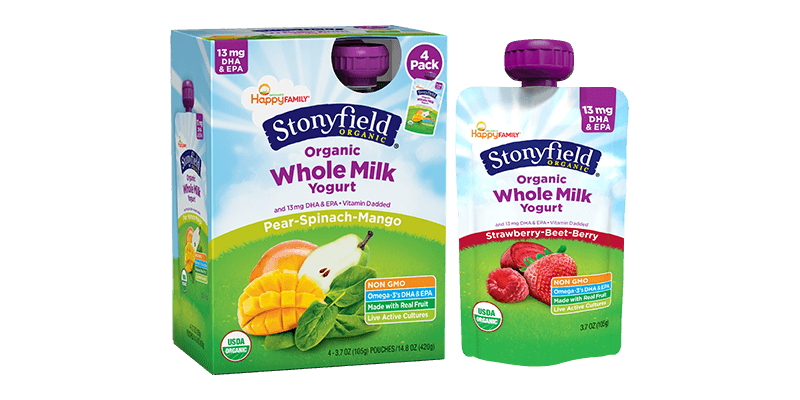
Printing Techniques and Finishing Processes
- Advanced Printing Technologies: Delve into high-definition printing techniques such as offset lithography, flexography, and digital printing, each offering unique benefits in terms of print quality, run size, and cost-effectiveness.
- Finishing Touches: Explore sophisticated finishing options like UV coating, aqueous coating, spot varnishing, foil stamping, and embossing. Each finishing technique can enhance the tactile and visual appeal of the carton but requires careful consideration regarding cost and production time.
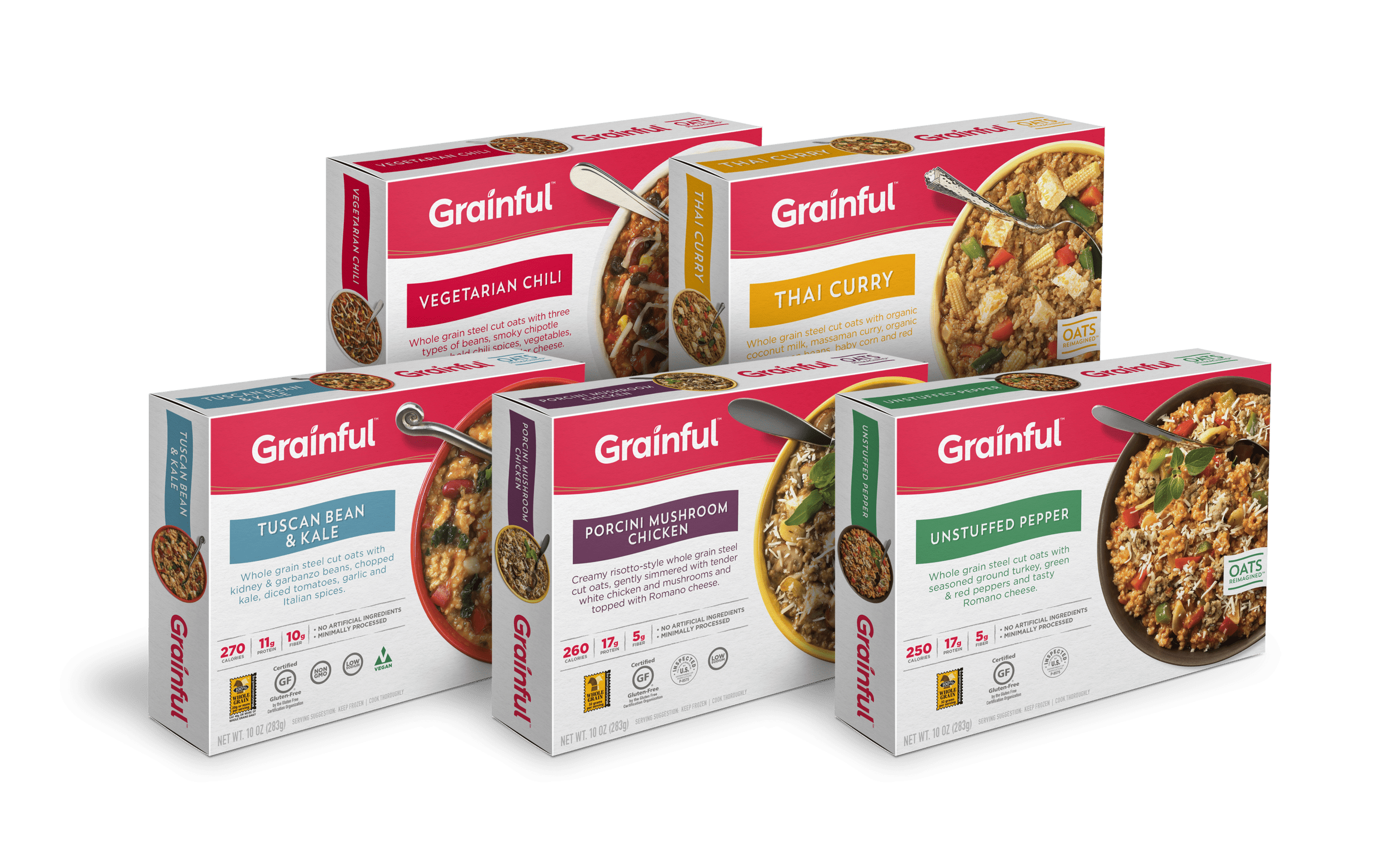
Innovative Closure Mechanisms
- Functional Closures: Investigate innovative closure designs beyond the standard tuck-flap. Magnetic closures, snap-lock bottoms, auto-bottom or friction-fit closures can add functionality and enhance user experience but may introduce additional manufacturing complexities.
- Tamper-Evident Features: In sectors like pharmaceuticals and food, tamper-evident features are crucial. Examine how folding cartons can incorporate these elements without compromising design integrity.
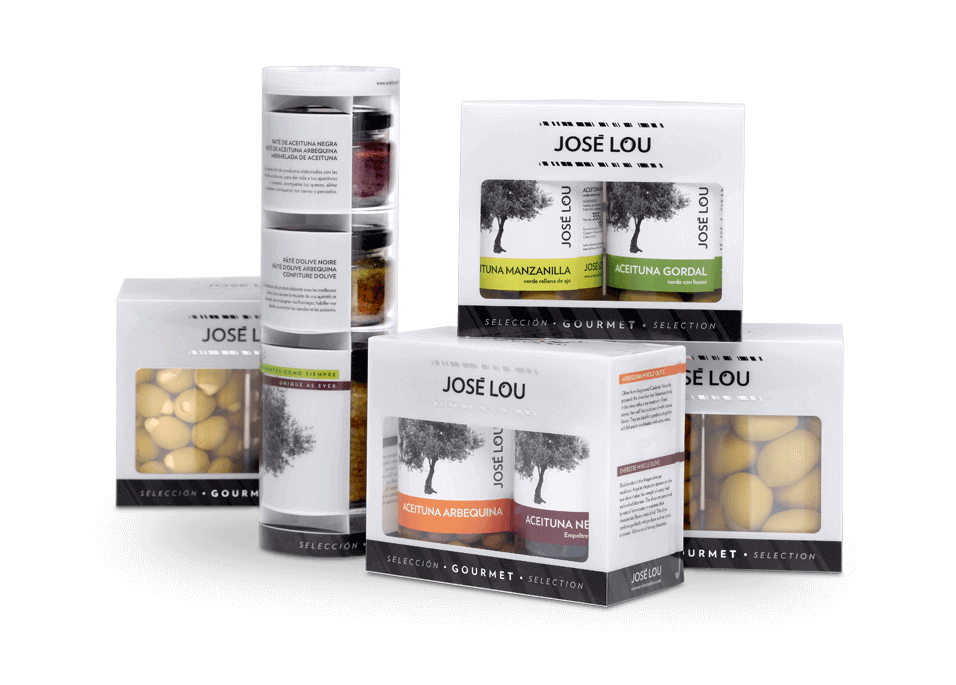
Sustainability and Environmental Considerations
- Eco-Friendly Materials: Deepen your understanding of sustainable paperboard options, including those made from post-consumer recycled content, and how they impact the recycling stream and overall environmental footprint.
- Lifecycle Assessment: Consider the full lifecycle of the carton, from raw material extraction to disposal or recycling. Advanced assessment tools can help quantify the environmental impact and guide material and process choices.
Compliance and Regulatory Standards
- Industry-Specific Requirements: For industries like pharmaceuticals, food, and cosmetics, compliance with regulatory standards (FDA, EU regulations) is critical. Understanding these regulations can guide the selection of suitable inks, coatings, and adhesives.
Technological Integration
- Smart Packaging Technologies: Explore the integration of technologies like QR codes, NFC tags, and augmented reality. These can turn a folding carton into an interactive platform but require alignment with the overall packaging design and brand strategy.
If your interested in custom folding cartons, then partner with Brown Packaging today to get started.
In the retail environment, the placement of Point of Purchase (POP) displays is just as critical as their design and content. Strategic positioning can significantly
Choosing the right foam density isn’t about “soft” versus “hard” — it’s about controlling shock transmission and matching the foam’s cushioning curve to the product’s
Moisture resistance and dimensional stability are critical performance factors for custom inserts, especially when products are shipped or stored in variable climates. Both foam and
Sustainability in pet food packaging is not just about recyclability—it’s about reducing environmental impact across the entire lifecycle. For products with high barrier needs like
Retailers place strict requirements on packaging to ensure products move efficiently through distribution centers, arrive safely, and look consistent on shelves. Non-compliance can lead to
RSC boxes dominate shipping because they combine strength with efficiency. But beyond protection, their dimensions and stacking performance directly influence freight cost, pallet utilization, and
Home » An Advanced Guide to Custom Folding Cartons

E-commerce exposes folding cartons to more handling points, longer transit times, and harsher mechanical stresses than traditional retail distribution. Designing for these conditions requires careful
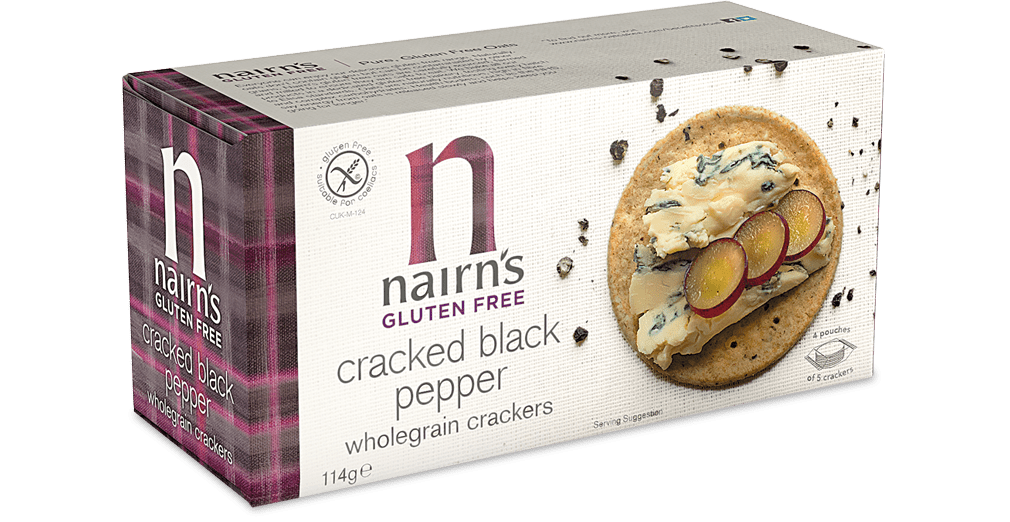
As the packaging industry shifts toward more sustainable and efficient solutions, folding cartons are set to play a significant role in 2025. From eco-friendly materials
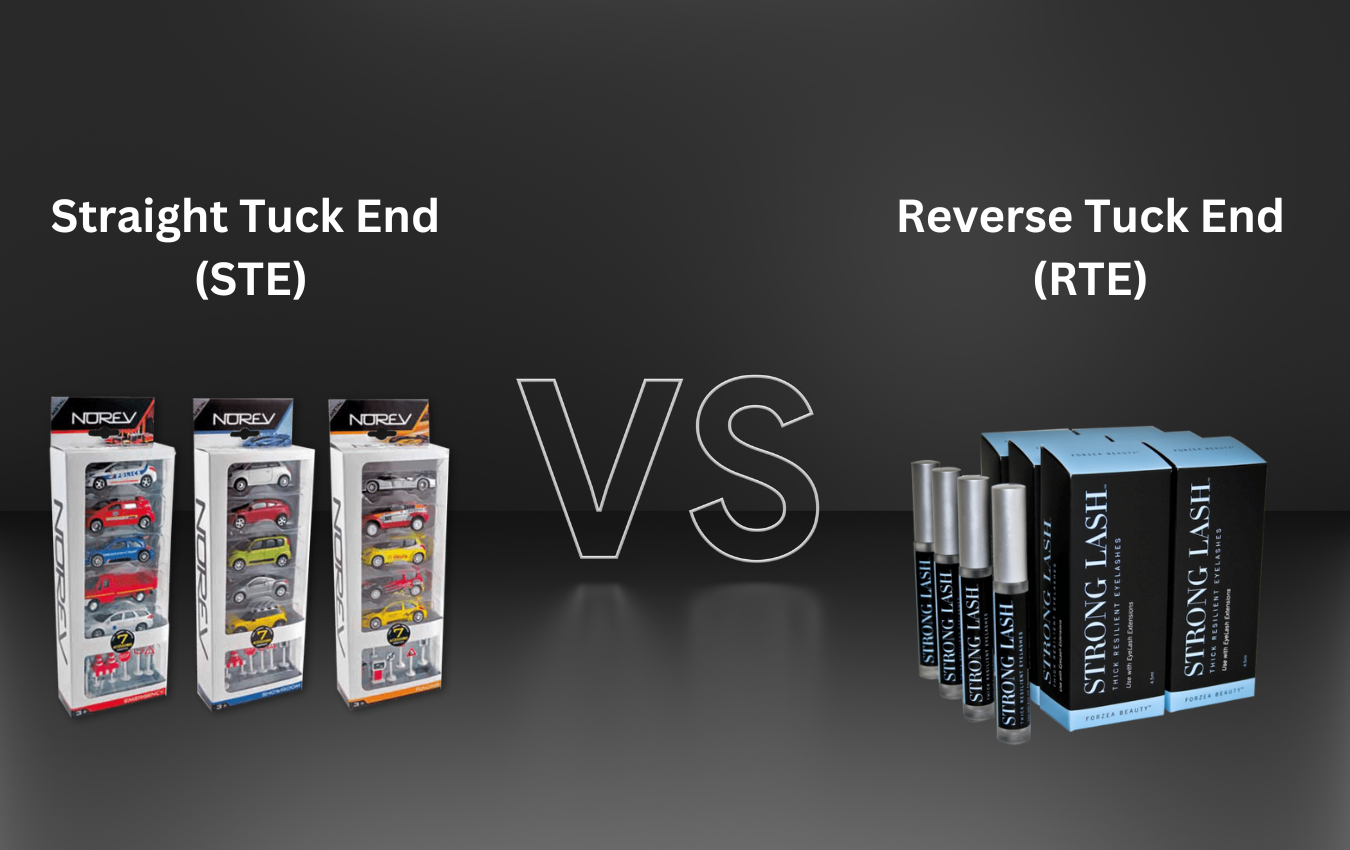
Folding cartons are a staple in the packaging industry, known for their versatility and functionality. Among the various styles available, two popular choices are the


